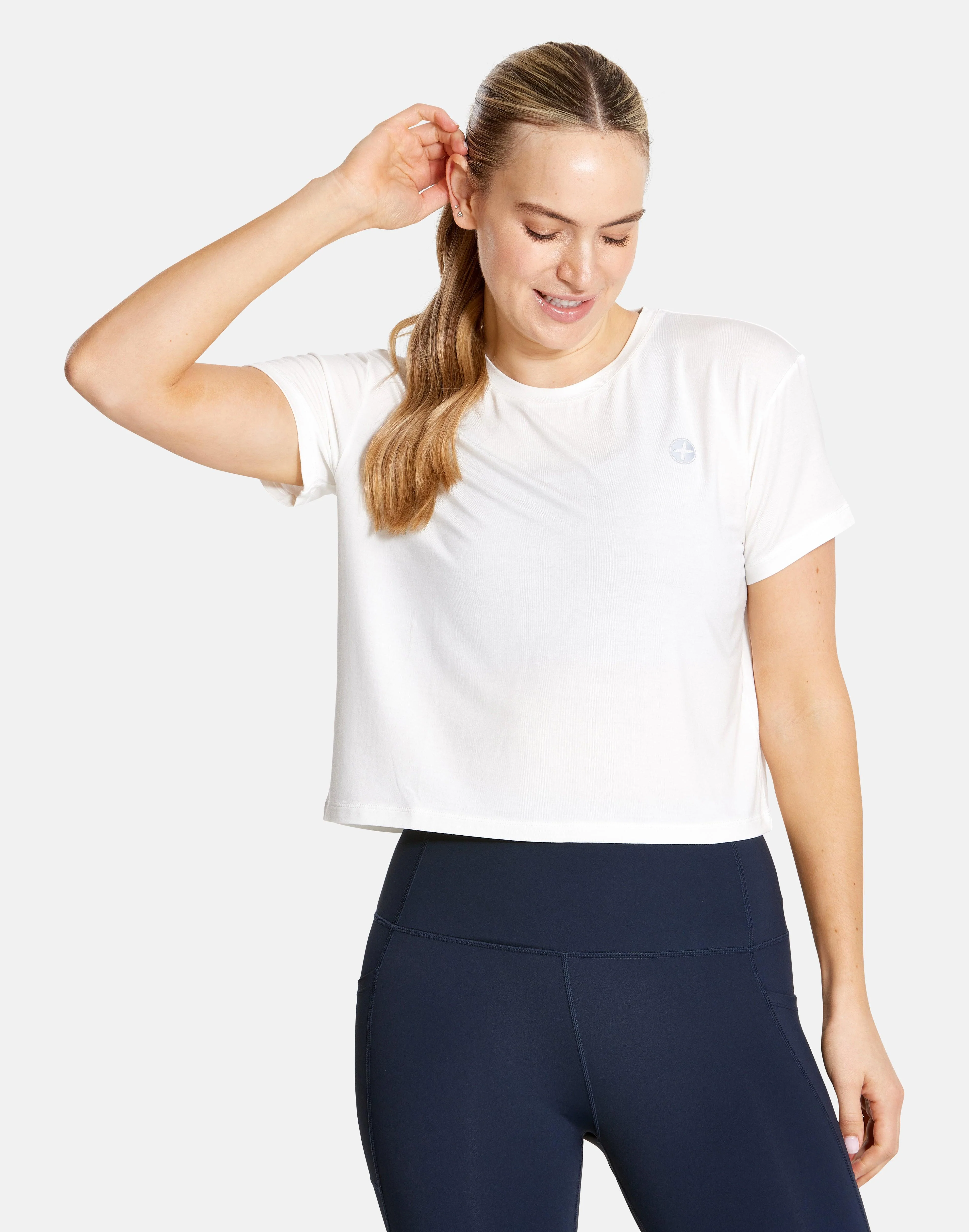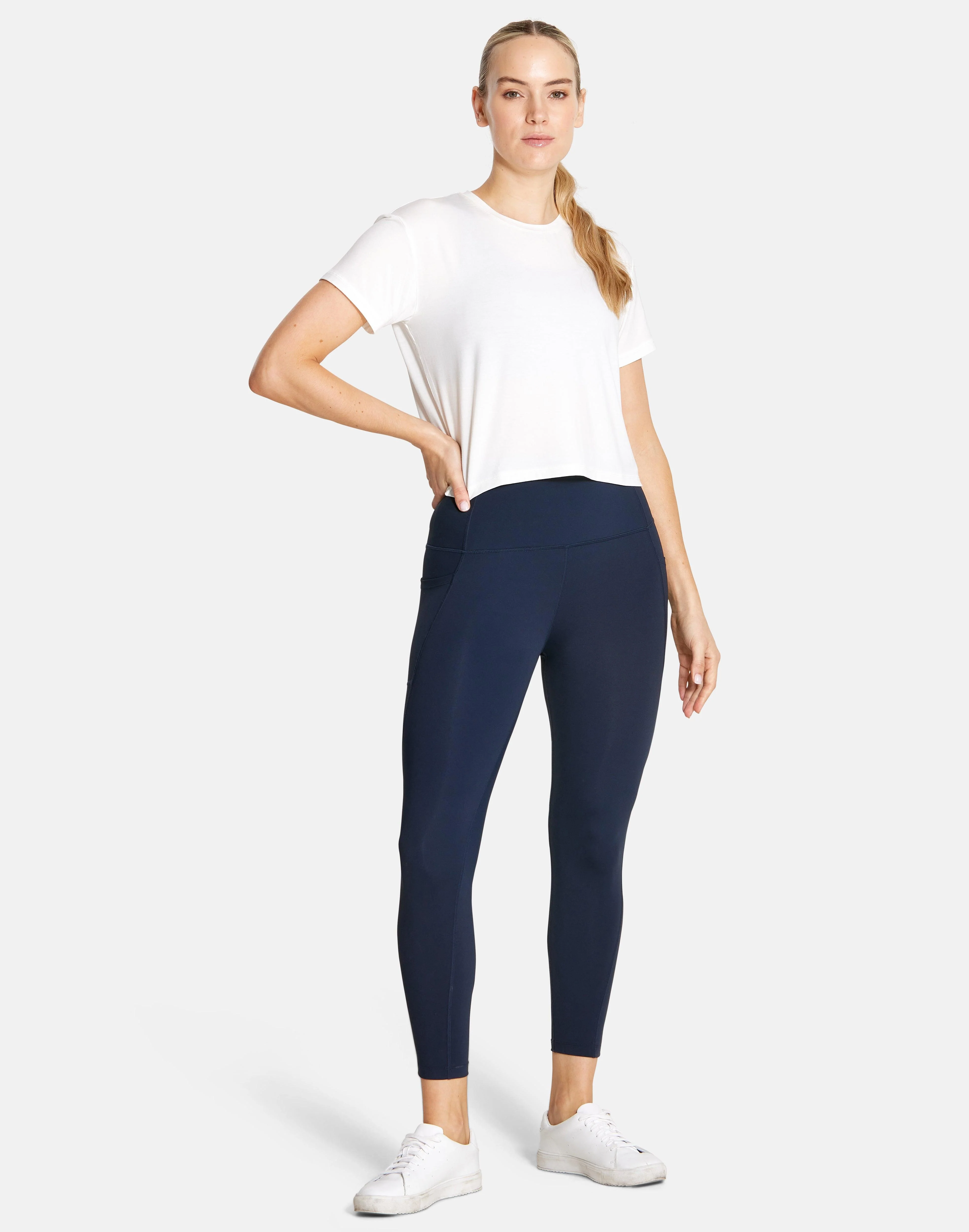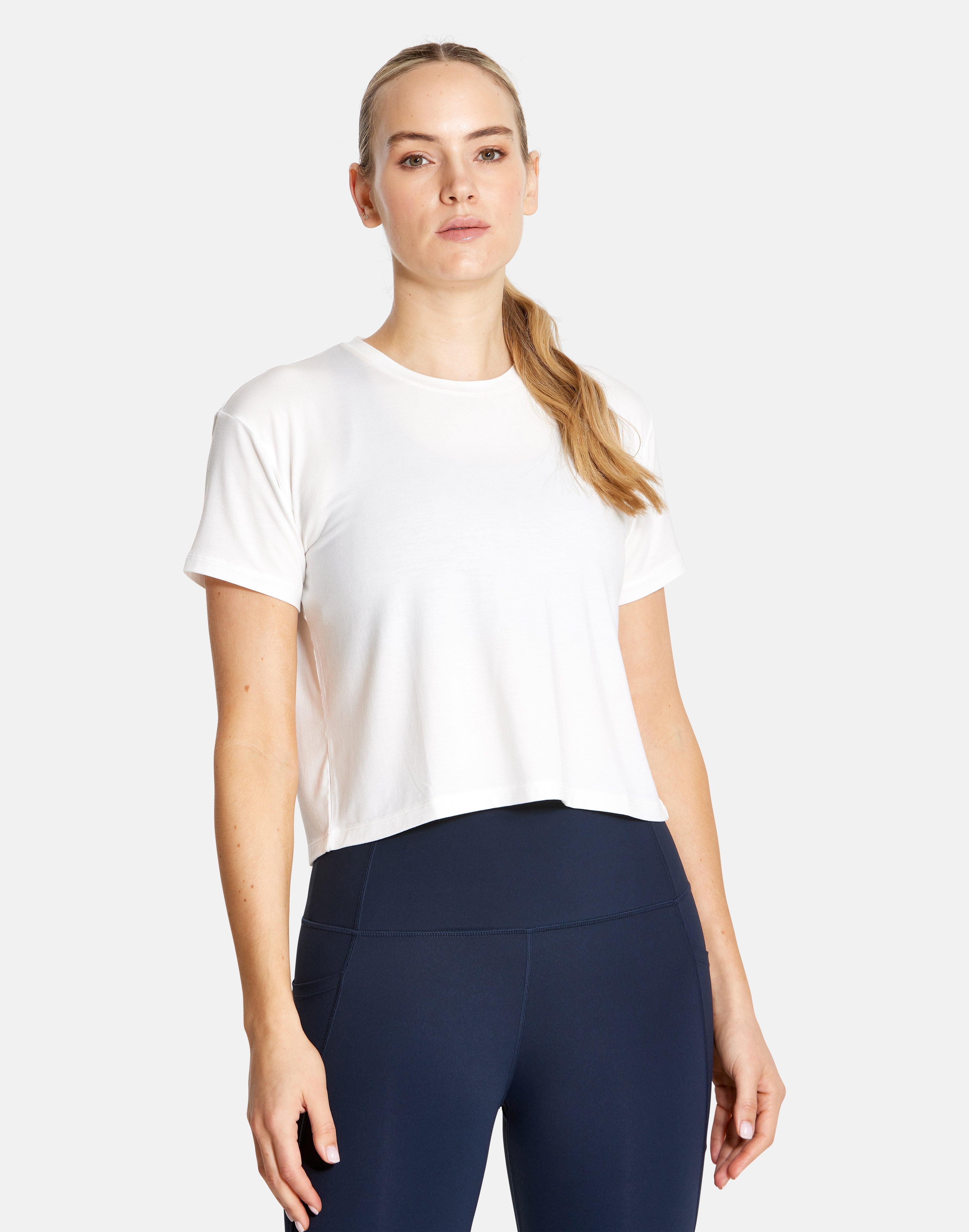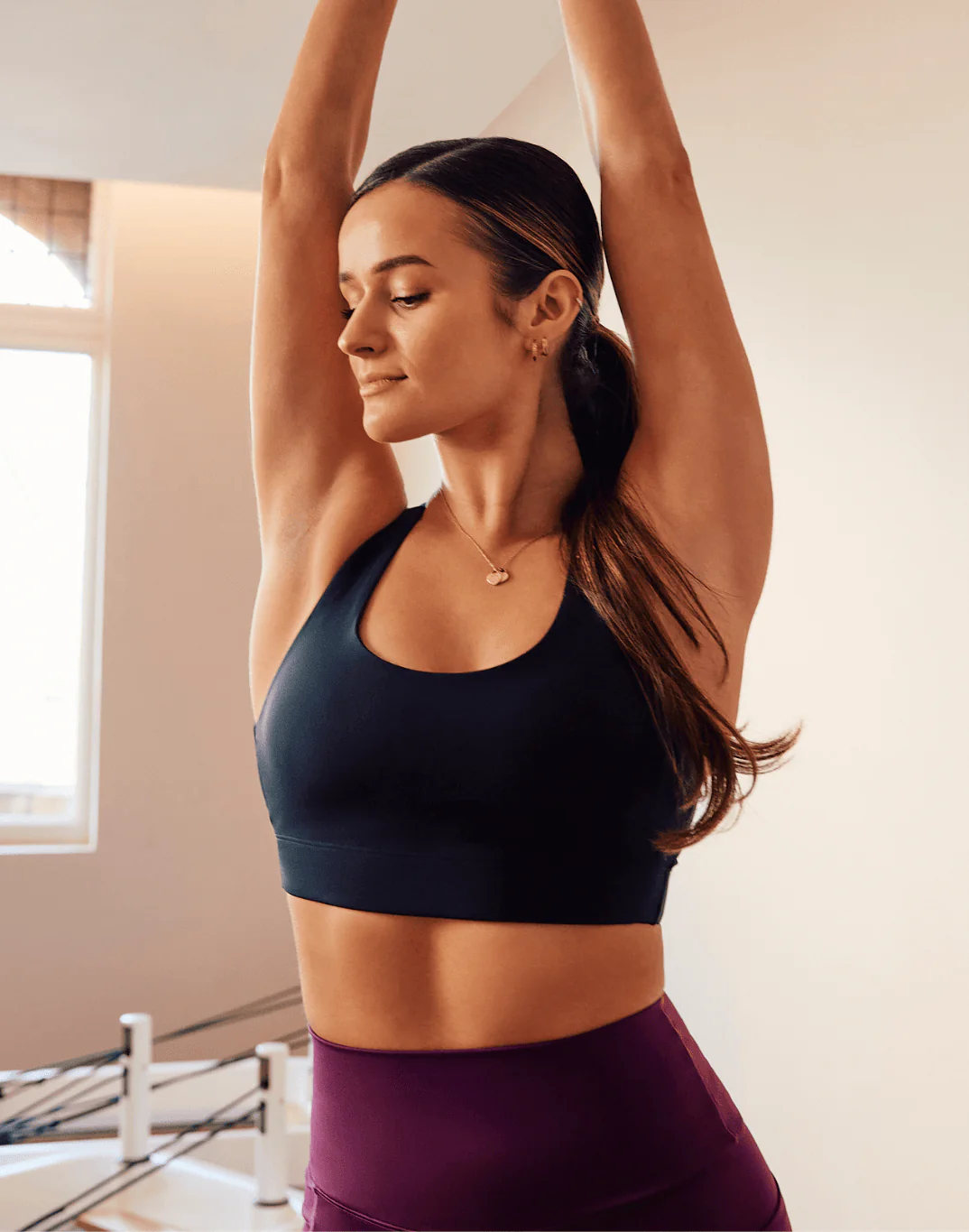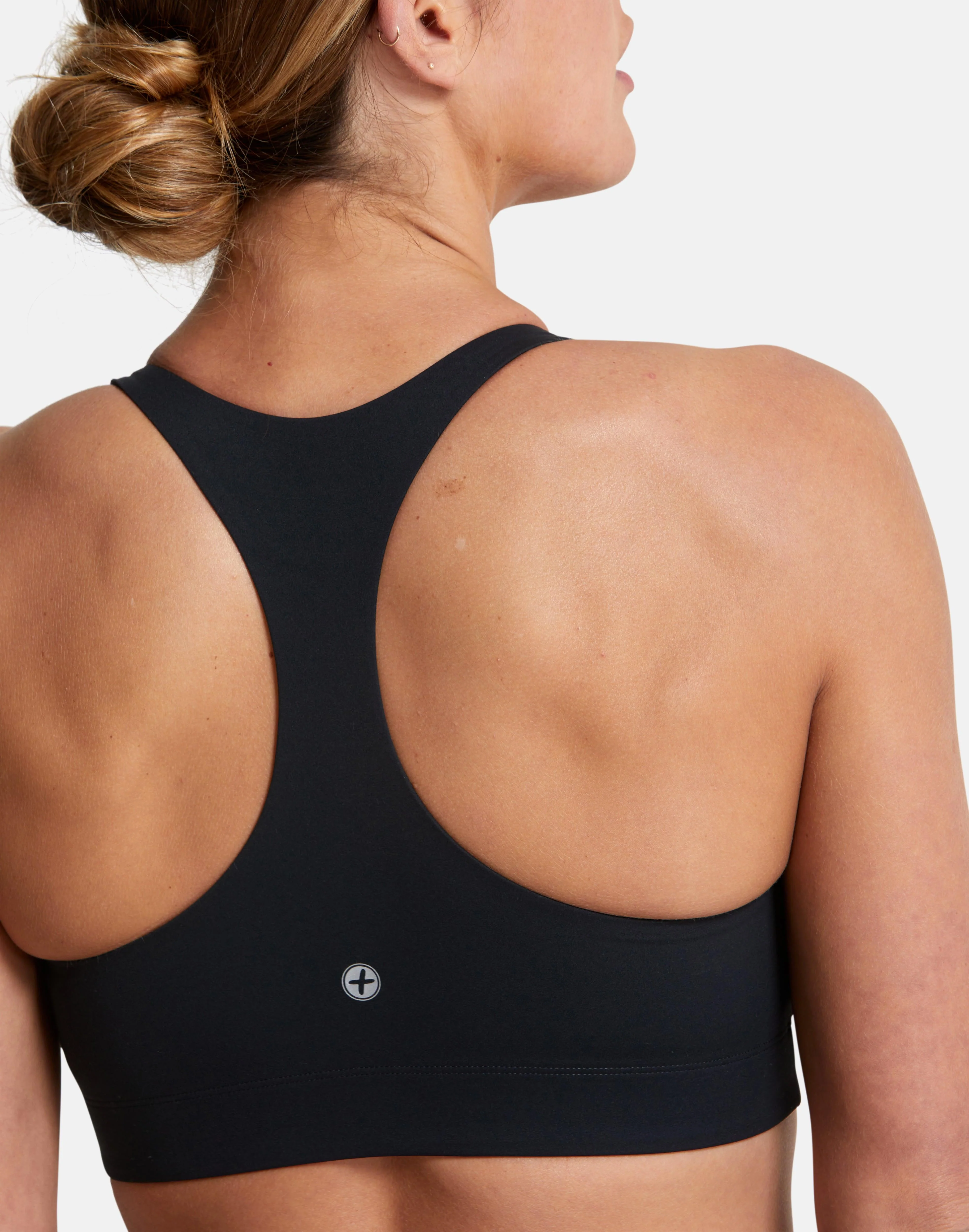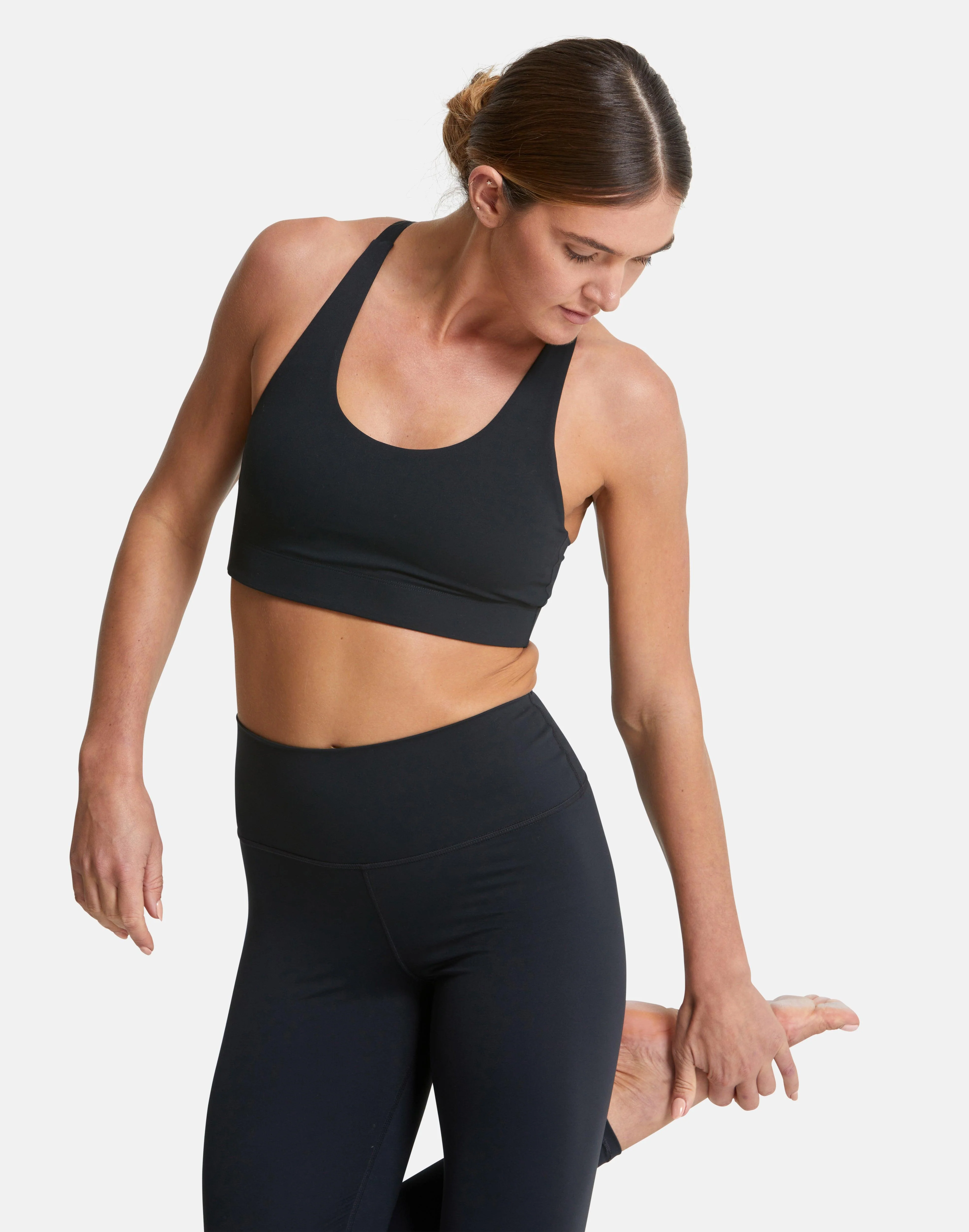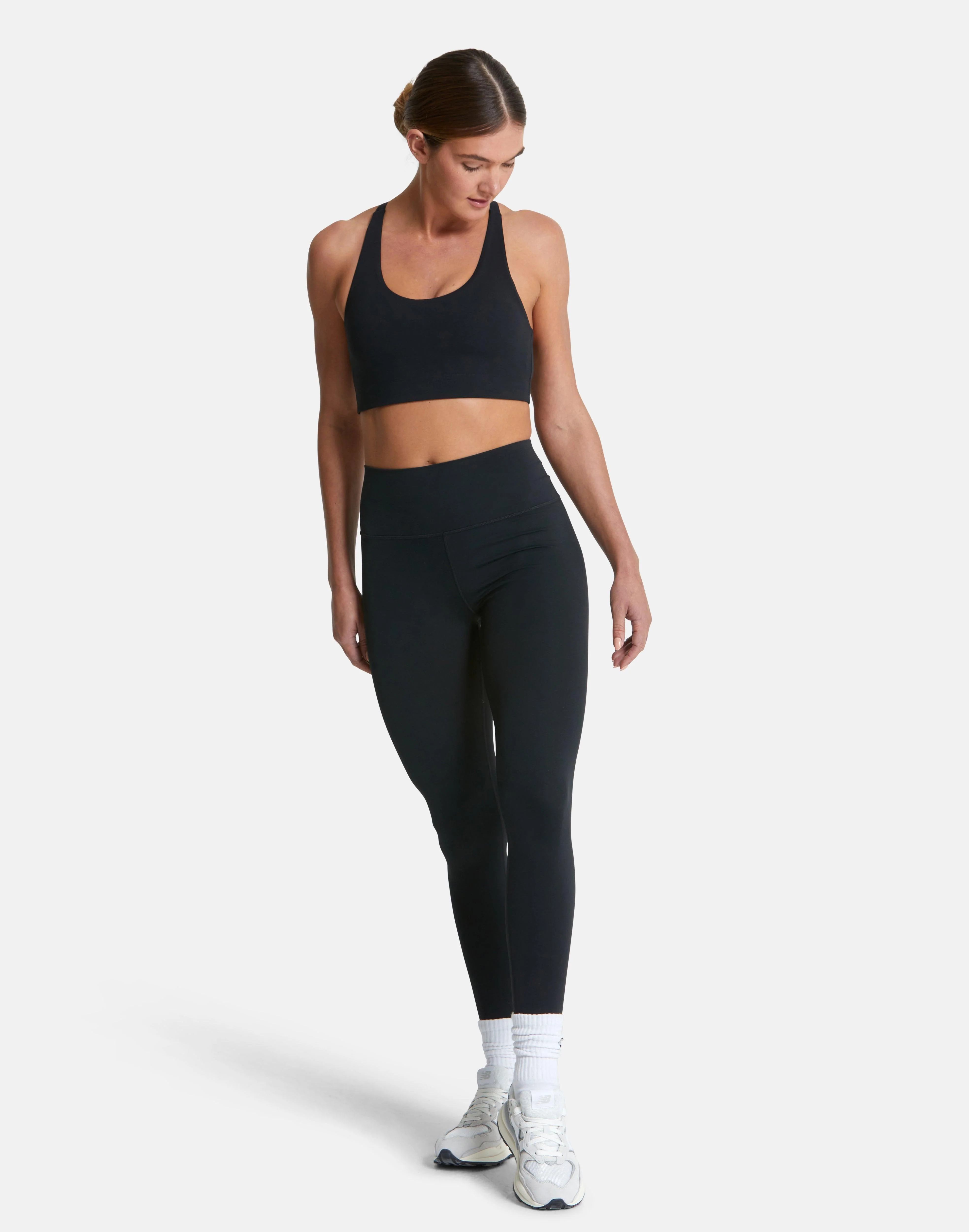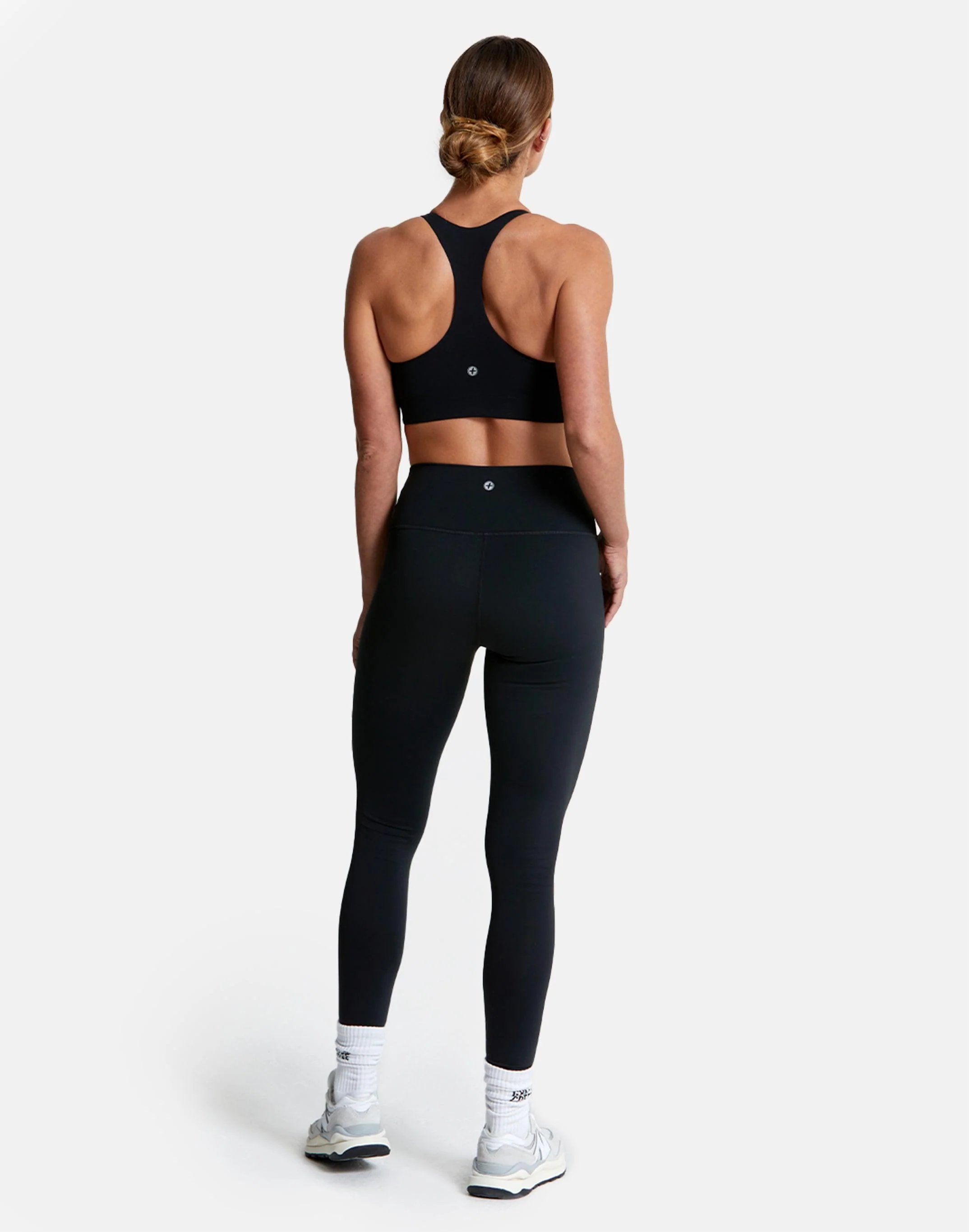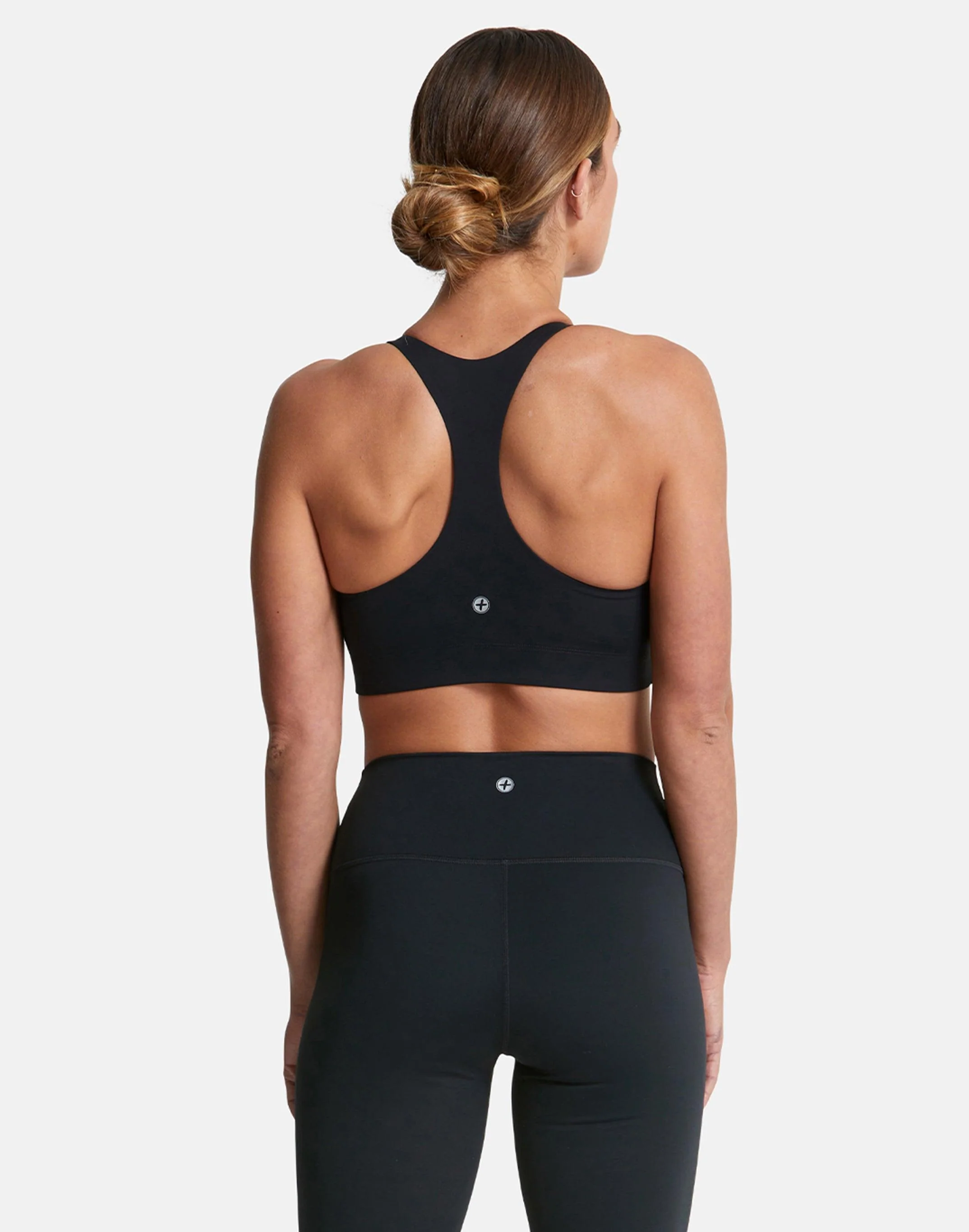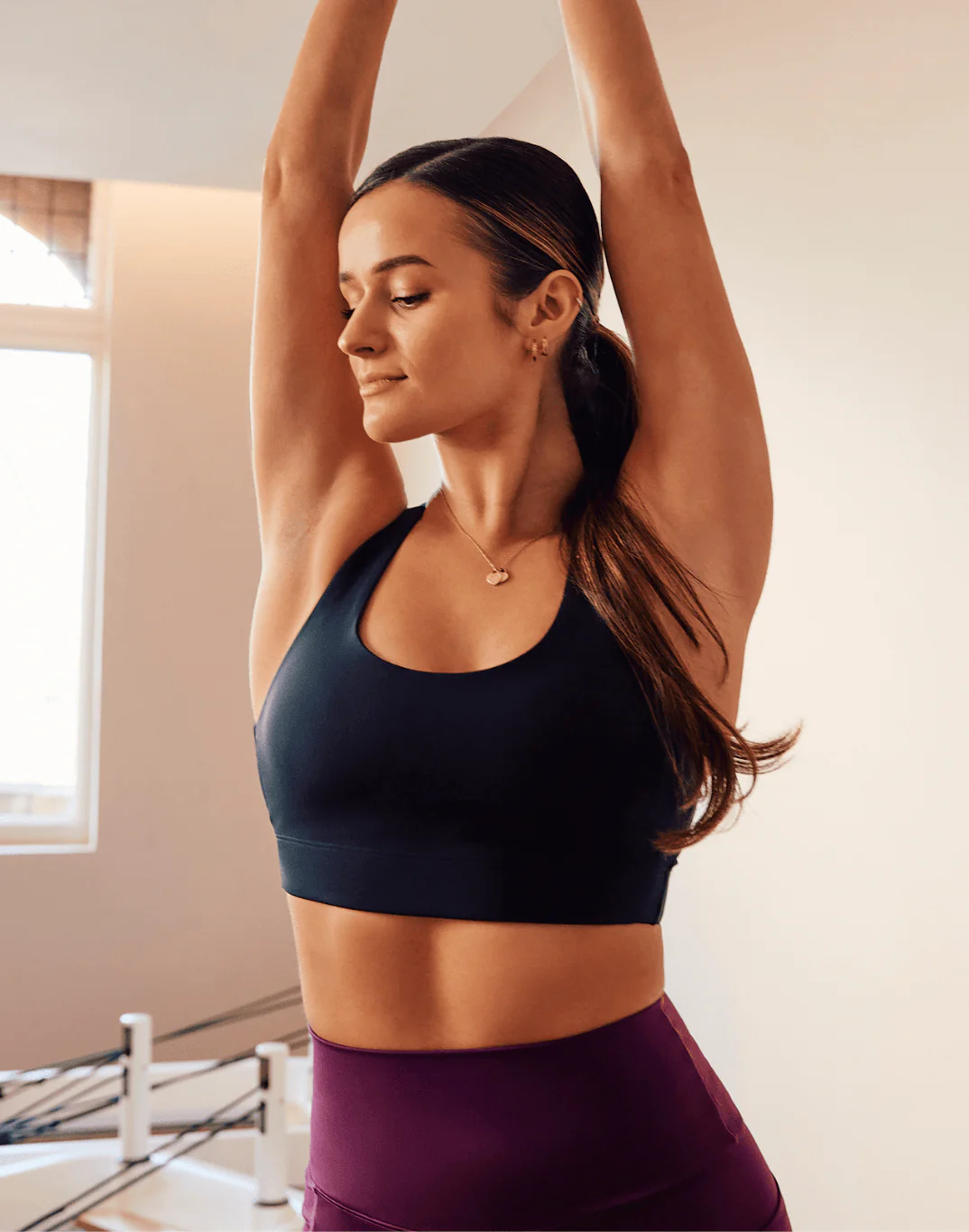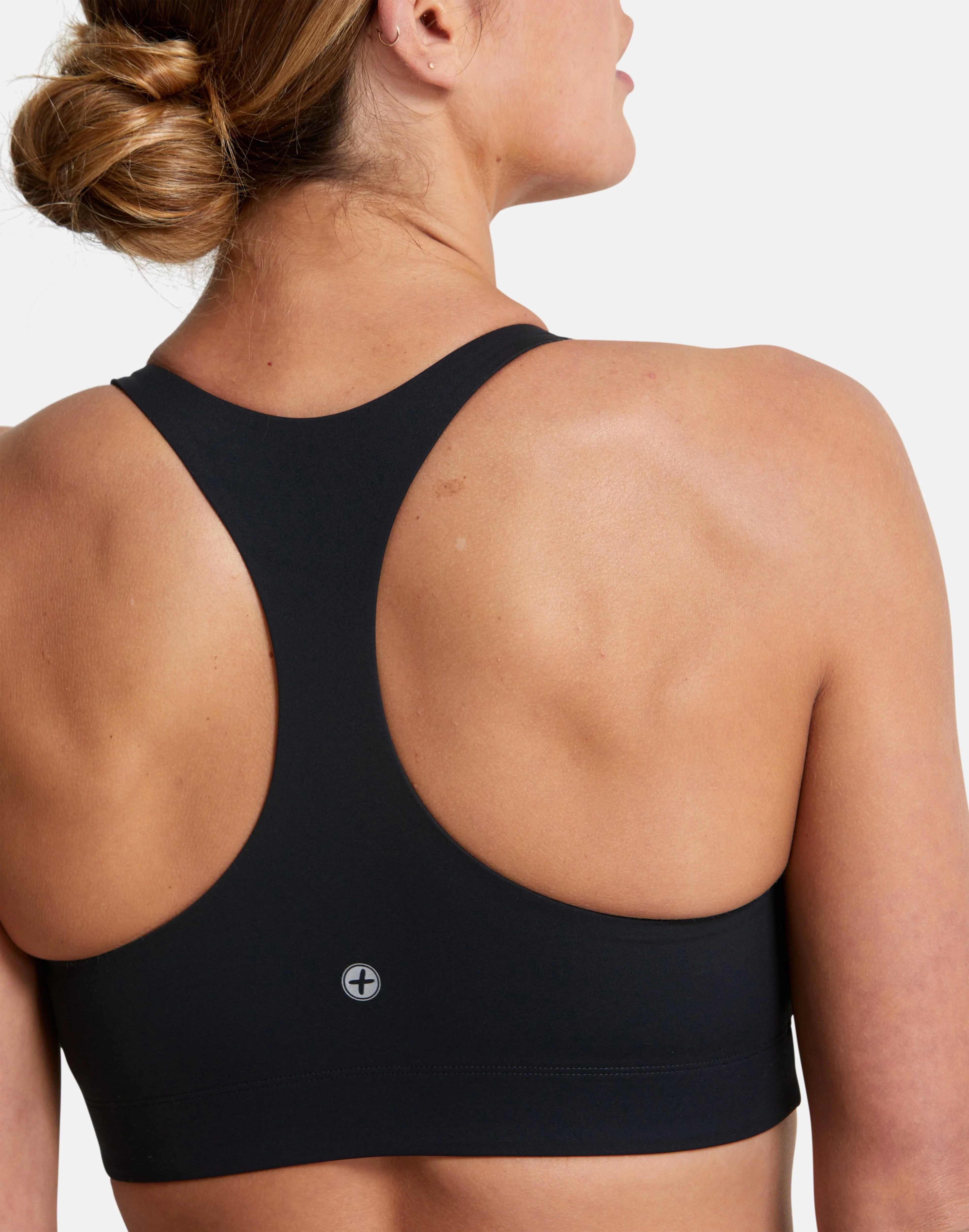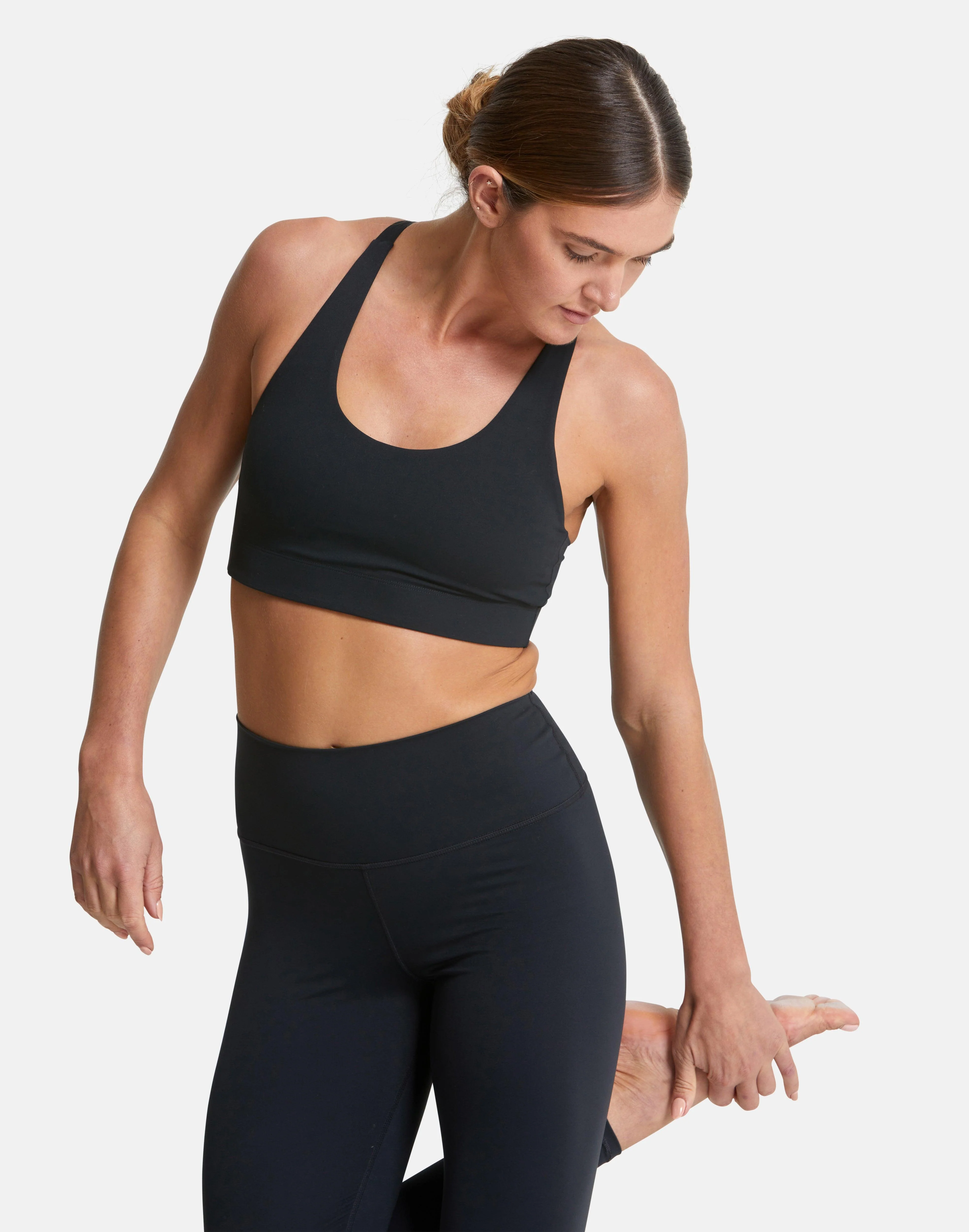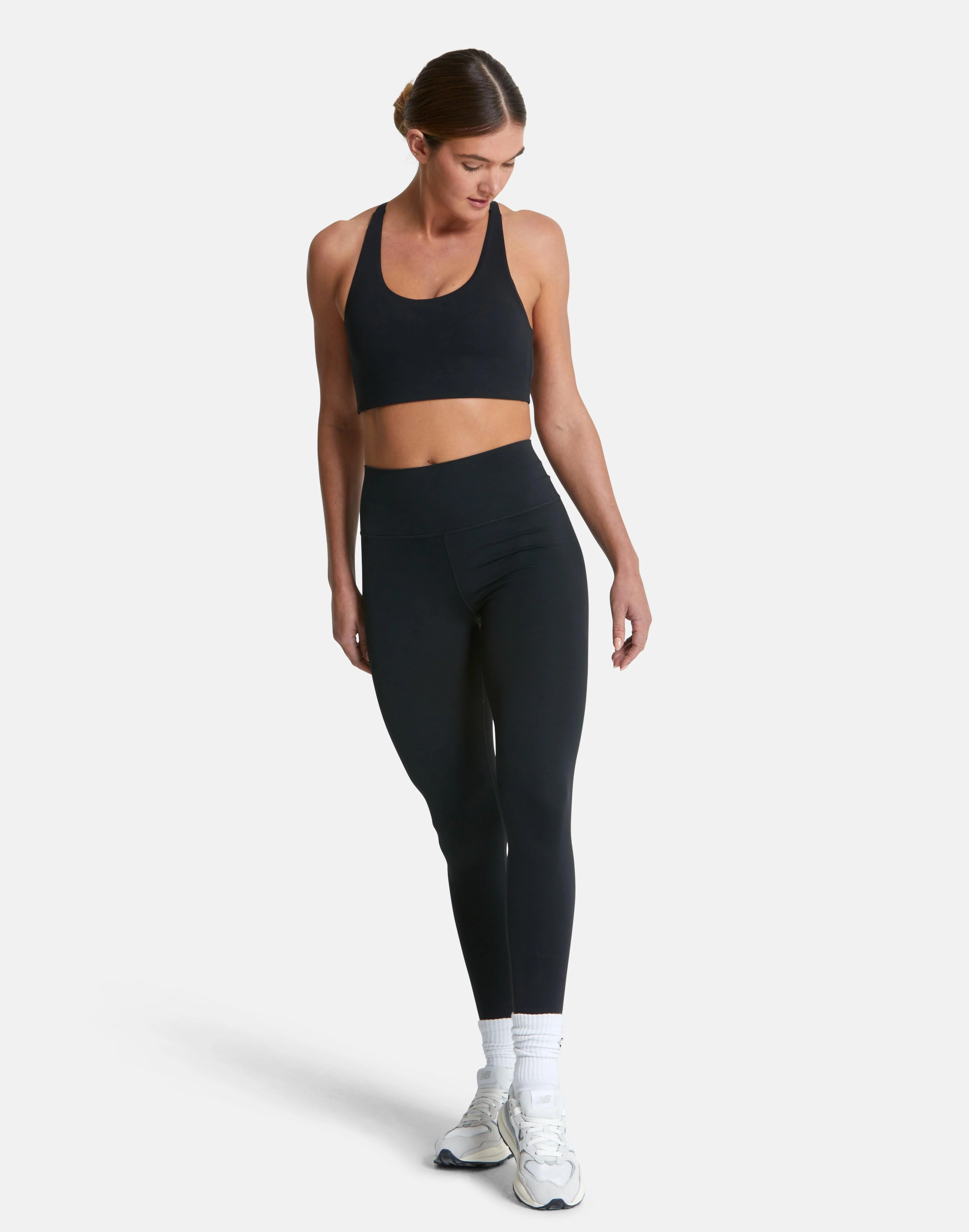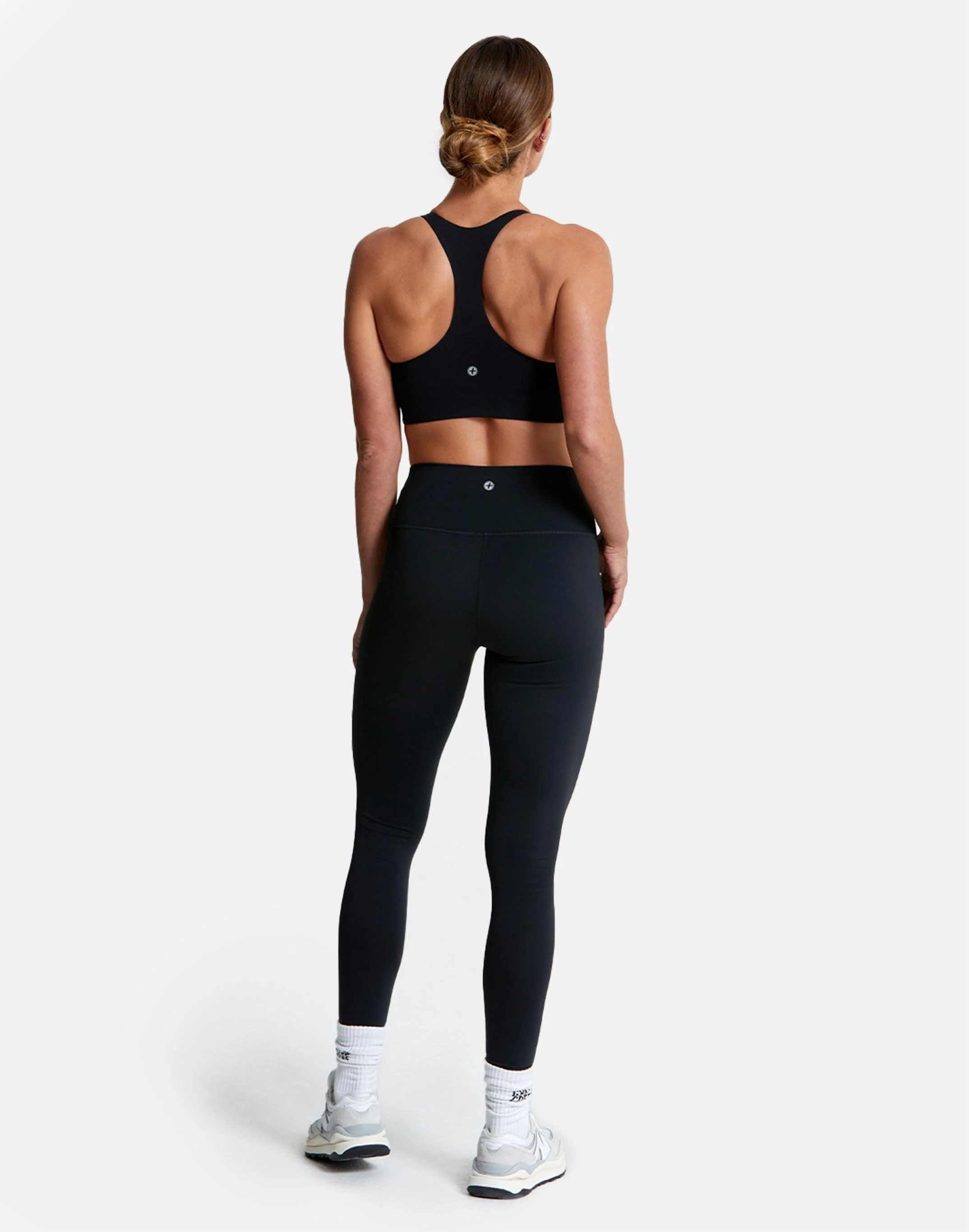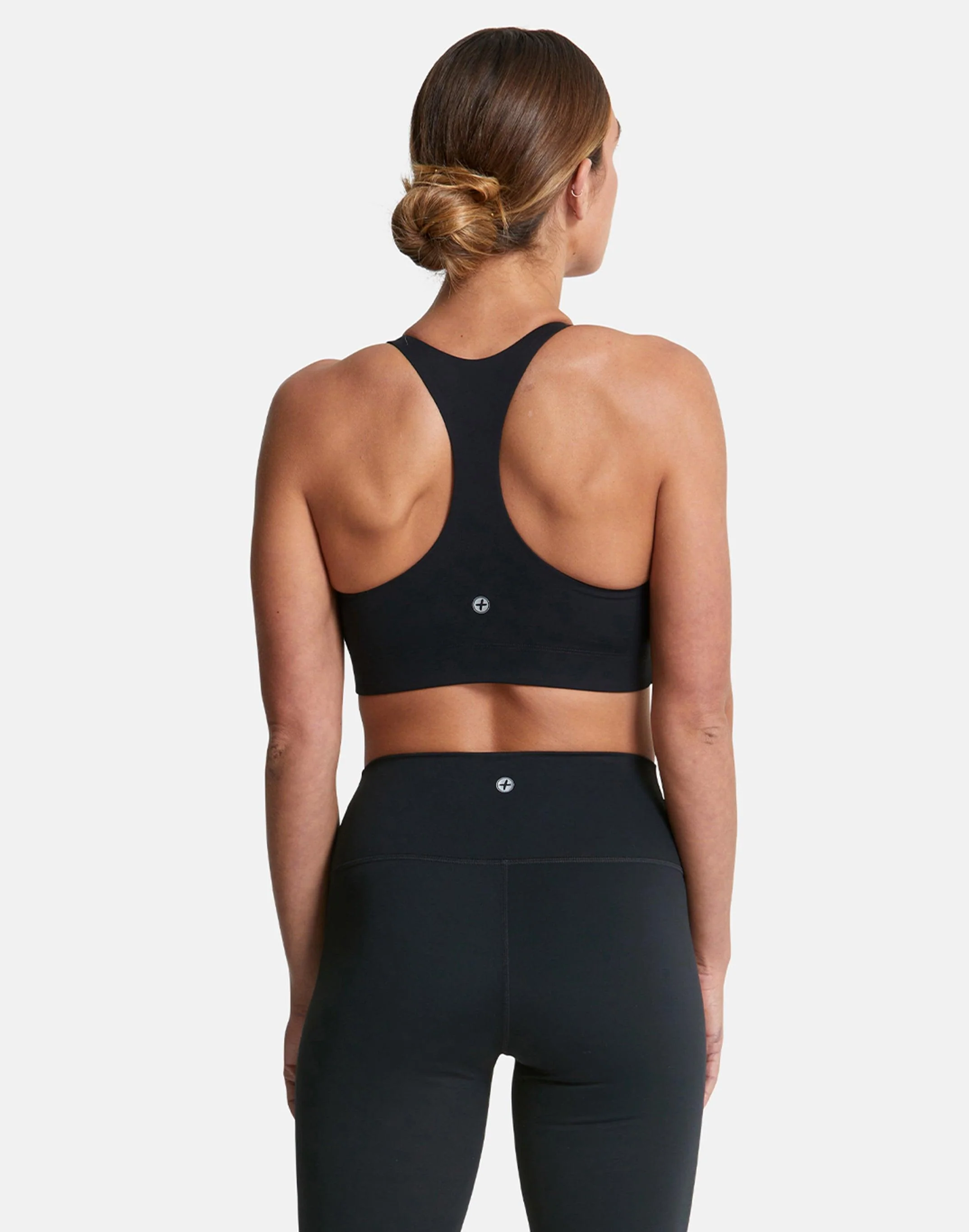
We hope you enjoy the series and get some good take aways from Jennie's incredible expertise!
The first step in female ‘biohacking’ is recognising that our anatomy and physiology is distinctly different to that of males. That seems like a very obvious thing to say but yet, the exercise and nutrition trends that have been dubbed the gold-standard in the health and fitness space such as HIIT and Intermittent Fasting are based on scientific research that has been carried out solely on males and then generalised to women (who, again, have very different physiologies). The reason for this is partly because women are considered to be ‘too difficult’ to control for in scientific studies due to their hormonal fluctuations over the course of the month. This has been detrimental to the development of research in all areas of female health in the fitness, nutrition and medical space.
Women are not small men
Dr. Stacy Sims, who is a pioneer in female health research, has dedicated her career to researching the specific sex differences between men and women in an effort to empower women to understand and leverage their female physiology to reach their performance goals. Her famous quote is “women are not small men”!
The good news is that, once you understand these differences you can tailor your training schedule accordingly and your body will thank you for it! The female menstrual cycle is the reason for such significant physiological differences. Our cycle influences everything from how we feel on a daily basis, to how we perform in training, to the type of foods we crave - all of which is driven by our female hormones; oestrogen and progesterone.
We often hear the male hormone, testosterone discussed in the context of strength training due to its ability to promote muscle synthesis. Females have significantly less testosterone which is one of the primary reasons why women simply cannot develop the same level of muscle mass that males can (well, not naturally anyway).
Hormones + Your Cycle
For females, oestrogen and progesterone are the two predominant hormones that fluctuate over the course of the menstrual cycle and ultimately determine why you feel completely different on day 4 of your cycle compared to day 14! Understanding the physiology of what happens over the course of your 28 day cycle is a powerful tool, not only from a training perspective but from an overall health perspective. Your menstrual cycle is a powerful indicator of health and your body’s way of letting you know if there’s something just not right!
The best way to get on the road to understanding your cycle is to track it, every woman's cycle is completely unique and hence you may feel totally different than your sister or your best friend does during their cycles. There are lots of terrific apps available to help you track your cycle, most of them also allow you to record any symptoms you may be feeling throughout your cycle such as cramps, tiredness or poor sleep. Clue, Flo, Eve and Fitrwomen are some of the best ones, pick whichever one suits you best.
In Part 2, I will delve into each phase of the menstrual cycle and give you some tips to help keep you feeling and performing your best!




